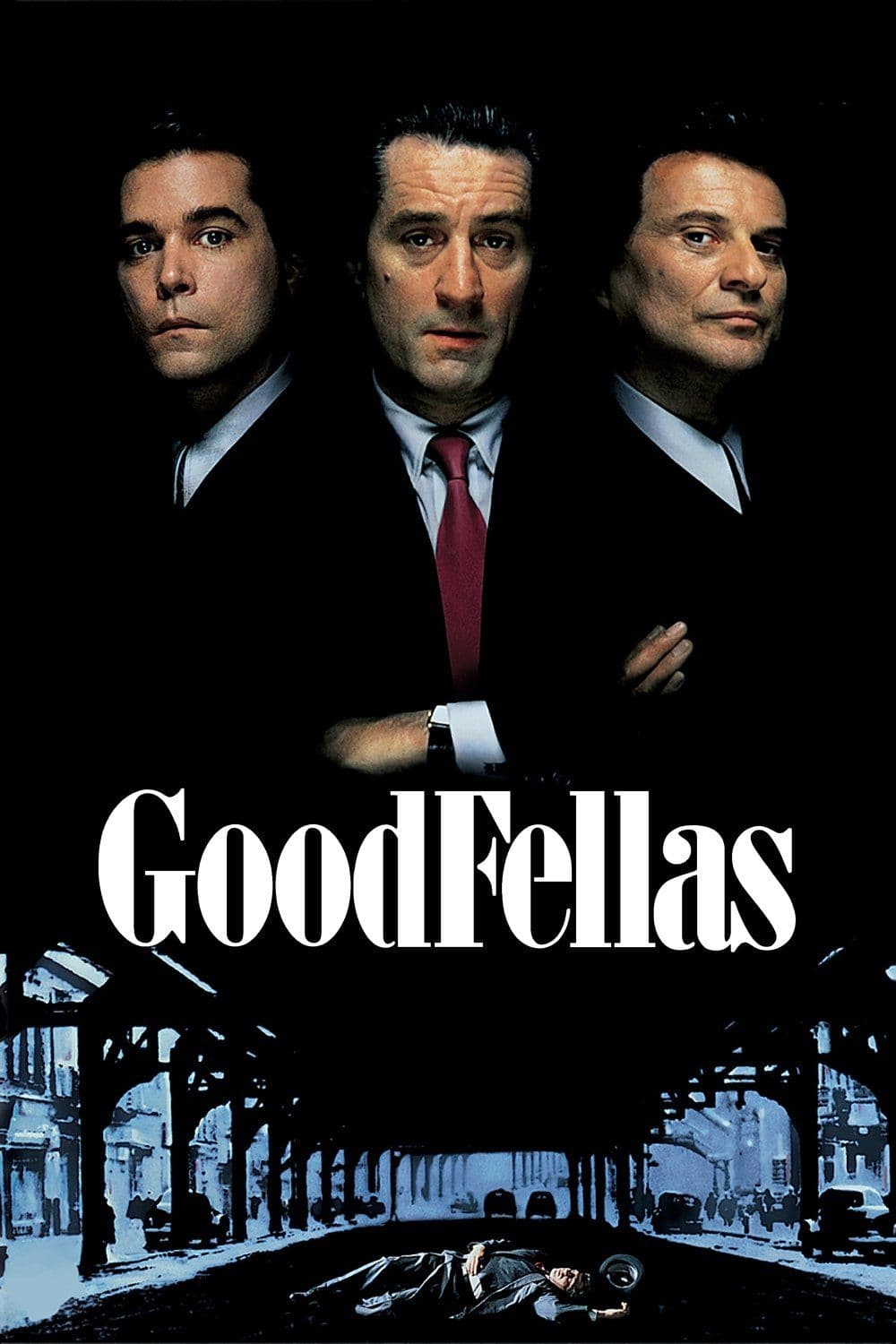
GoodFellas
1990
Rate this movie
Average: 4.00 / 5
(1 votes)
Director
A film that marks a turning point in the gangster movie category and which, along with Coppola's The Godfather, can be described as the linchpin around which the entire genre revolves.
There are naturally some substantial differences with The Godfather. While Coppola places the emotional implications of gangsters at the center of his saga, their lives outside of crime, intertwined with it but painstakingly kept separate, Scorsese highlights more the feeling of brotherhood among peers, the camaraderie established between three men, and their ascent to criminal heights. Where The Godfather rises to a Shakespearean tragedy, a foundational myth of organized crime through sumptuous, almost operatic staging, with a visual structure that evokes the grandeur of Renaissance paintings and the majesty of a historical fresco, Goodfellas plunges into the mud of criminal everyday life. It is a raw and visceral immersion, almost an anthropological documentary on the banality of evil and the sudden, gratuitous violence that is its corollary. There is none of the affected dignity of the Corleones, the illusion of ancient honor or a chivalric code, but rather the vulgarity and frenzy of a life lived on the edge, where glamour quickly gets stained with blood and sweat, revealing the thin line between conviviality and unheard-of ferocity.
Picking up the thread from Mean Streets, friendship is therefore the predominant feeling in Goodfellas too; moreover, the character of the work and its semantic heritage are evident from the title itself. Loyalty, however, proves to be a malleable and illusory concept in this universe, destined to crumble under the weight of paranoia, greed, and the crude law of survival. The promise of eternal belonging shatters against the ruthlessness of a world where betrayal is the most common currency.
Scorsese, drawing from his own experience as a filmmaker and taking lessons from other benchmarks like the aforementioned Coppola and Sergio Leone's Once Upon a Time in America, constructs his criminal pattern by creating a perfect microcosm that is credible in its mise-en-scène, acting, and narrative pace. His Brooklyn is a pulsating fresco, painted with a mastery that transcends mere storytelling to become a sensory experience. The rhythm is dizzying; the camera moves with an almost jazz-like freedom, shifting from virtuosic long takes – like Henry and Karen's iconic entrance at the Copacabana, a true choreographic ballet that encapsulates the seductive allure and illusory grandeur of power – to rapid, incisive montages, punctuated by freeze-frames and the omnipresent, diegetic use of popular music of the era. Each track, from "Leader of the Pack" to "Sunshine of Your Love," is not merely an accompaniment but a narrative component that dictates the mood, time, and progressive decay of the protagonists, transforming the soundtrack into a true additional character, an acoustic commentator on their journey. This immersion in the cultural fabric of the era, together with the almost maniacal precision of detail derived from Nicholas Pileggi's book "Wiseguy" (based on the true events of Henry Hill), lends the film an almost painful authenticity, as if one were facing a journalistic inquiry transformed into cinema. Scorsese, himself raised in the crucible of Little Italy and with a deep knowledge of the Italian-American milieu, draws heavily from his own life and his unparalleled cinematic erudition, blending the propulsive energy of the Nouvelle Vague with the realism of Italian neorealism to create a unique and unmistakable aesthetic, almost a visual and sonic symphony on criminal life.
The film covers a time span of approximately 25 years, starting in 1955 and extending to 1980. Through the eyes of Henry Hill, the narrator and protagonist, we witness the seduction of a life seemingly free from rules, where ostentatious luxury and violence intertwine in an orgy of ephemeral power. Henry embodies the desire for belonging and social ascent, the prototype of the outsider fascinated by the glitter of the forbidden, who deludes himself into believing he can control an intrinsically uncontrollable world.
Jimmy Conway, Henry Hill, and Tommy DeVito are three friends who make their way from scratch into the honored family. Each of them embodies a facet of the criminal psyche: Henry (Ray Liotta, in a mesmerizing, career-defining performance), the outsider drawn to the dazzling light of criminality, initially a fascinated observer who progressively transforms into an accomplice and victim of his own ambition; Jimmy (Robert De Niro, in one of his most glacial and calculating interpretations), the cunning and ruthless mentor, capable of reassuring smiles and sudden violence, the manipulative puppeteer who does not hesitate to eliminate anyone who threatens his self-interest; and Tommy (Joe Pesci, whose performance earned him a well-deserved Oscar for Best Supporting Actor, an emblem of unpredictability and blind fury), the very embodiment of latent psychopathy, a volcano ready to erupt at the most trivial offense, whose violence is as gratuitous as it is terrifying. Their ascent is not a linear progression towards a noble goal, but a descending spiral that reveals the intrinsic corruption of the distorted American dream.
We follow their criminal exploits from their beginnings (with a four-hundred-thousand-dollar robbery at the airport, from Air France offices) up to the major scores that allowed them to gain significant criminal prominence within the Mafia landscape of 1960s Brooklyn. The robberies, extortions, and murders are not presented with heroic or romantic emphasis, but with the same raw casualness with which one might describe preparing a meal, highlighting the chilling normalization of violence in their daily lives. The character of Karen Hill (portrayed by a magnetic Lorraine Bracco), Henry's wife, is also crucial: her initial complicity, her fascination with the criminal life, and her subsequent, inevitable disillusionment offer an external but intrinsically linked perspective on the spiral of madness, showing the emotional and psychological price paid by those who gravitate around this abyss.
Then the group is abruptly halted when Tommy is killed by the Gambino crime family for having, in turn, eliminated a Gambino associate without permission after a bar fight. Tommy's death is not only a narrative turning point but the unequivocal signal of the end of an era, the beginning of the disintegration of that fragile code of honor which, however distorted, had sustained their world. It is the moment when superficial loyalty gives way to the ruthlessness of "first come, first served" and to the intensification of federal repression, a prelude to the dissolution of traditional "families," increasingly worn down by regrets and betrayals.
It marks the beginning of the inexorable decline: Henry and Jimmy find themselves pitted against each other, cornered by the relentless FBI hunt and the fear of retaliatory strikes from other Mafia families. The paranoid frenzy of the final acts, with Henry at the center of a self-destructive spiral fueled by drugs and the fear of being next, is an orchestra of tension and despair, a crescendo that anticipates the inevitable fall.
Until Henry succumbs to pressure, testifying against Jimmy and effectively erasing much of his life. His descent into the anonymity of the witness protection program, his nostalgic desire for "a good sauce" in contrast to the miserable life of a civilian "sucka," is the final blow, the ironic comeuppance for someone who sought greatness in illegality, ending up losing not only freedom but identity itself. His final "I'm a nobody" is the true epitaph of a burned-out existence.
The three main actors are splendid, each deserving mention: Robert De Niro, Ray Liotta, and Joe Pesci. Their performances are true character studies, capable of alternating moments of seductive charisma with explosions of brutal and chilling violence, making the characters unforgettable and multidimensional in their ruthlessness.
Memorable is the aforementioned sequence where Tommy is insulted by Billy Batts in a bar and how Scorsese masterfully handles the rising tension between the two men in a sort of Rossinian crescendo. That "Funny how?" from Pesci, partly the result of improvisation based on the actor's personal anecdotes, has become a cinematic icon, a symbol of the constant threat of violence that permeates every interaction in that world, a warning that amusement can turn into tragedy in the blink of an eye.
Also noteworthy is the scene where Tommy himself brutally kills Spider, an attendant at an illegal gambling den, simply because Spider had insulted him. These are moments that define the arbitrariness and gratuity of brutality, the thin line between conviviality and murder that these men cross daily with chilling casualness.
The director's dedication focuses on the bestiality of the emotions at play and how they condition, in a vortex of no return, the lives of the three protagonists. It is almost as if the core of the narrative is focused solely on the darkest and most corrupt part of the human soul, revealing the illusion of a "family" that is in reality a gilded cage, destined to implode upon itself due to its very destructive nature. Goodfellas is not just a film about the Mafia; it is a profound investigation into human nature, the corruption of power, the fragility of loyalty, and the disillusionment of an American dream transformed into a nightmare of violence and betrayal. Its influence is palpable even today, having redefined the genre and inspired countless subsequent works, solidifying Scorsese's place as one of the greatest masters of cinematic narration and an indispensable archaeologist of the shadows of the human soul.
Country
Gallery
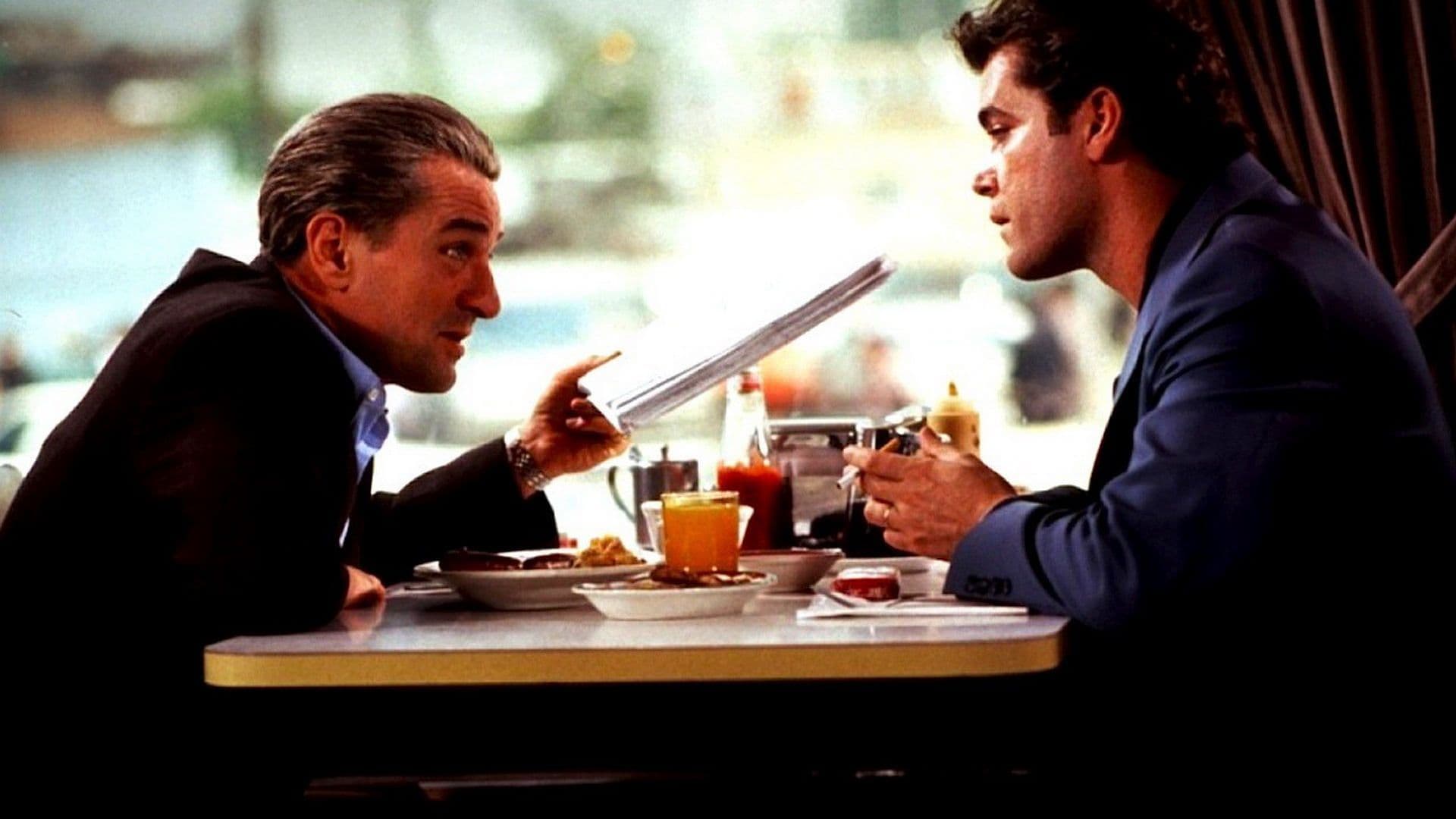

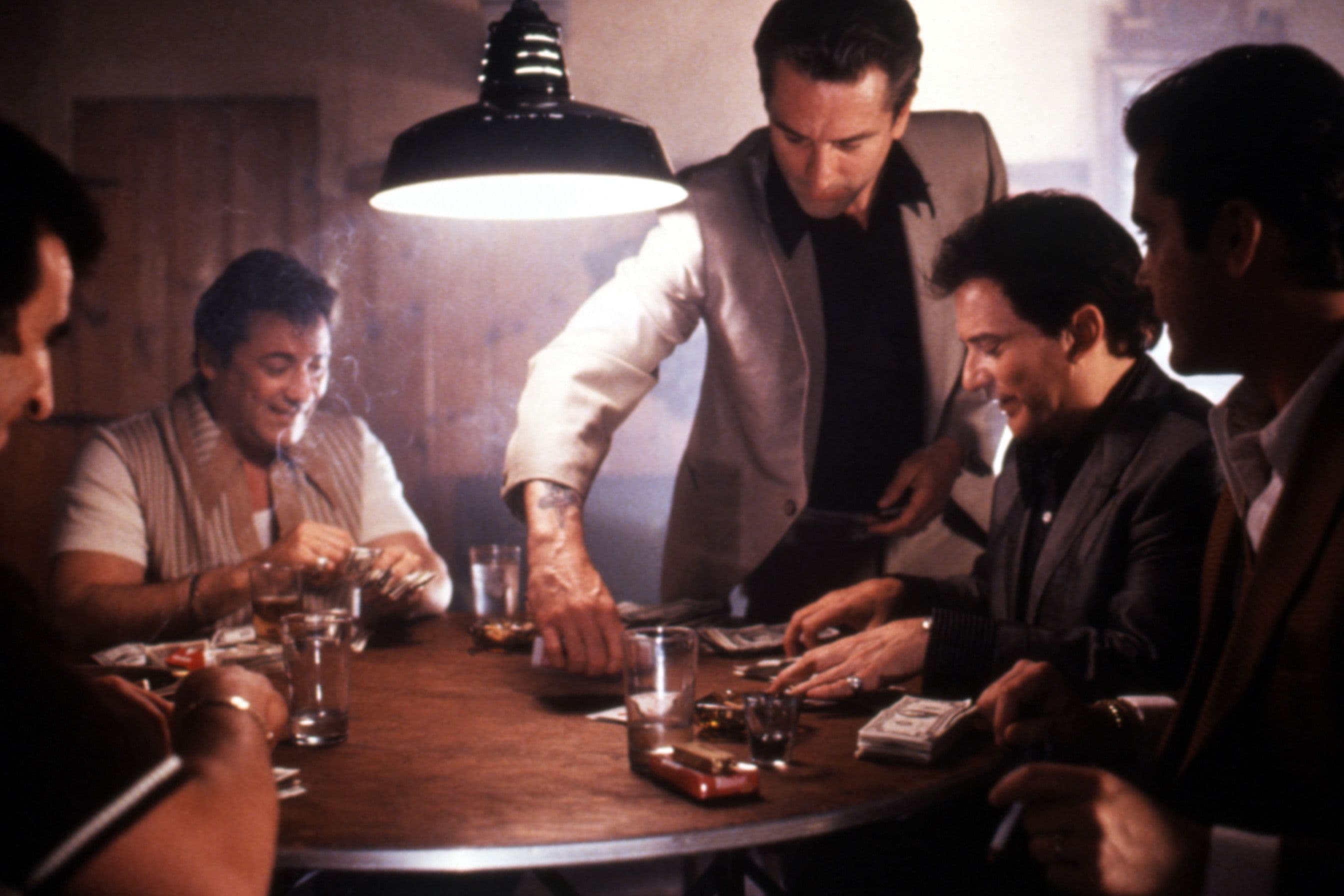
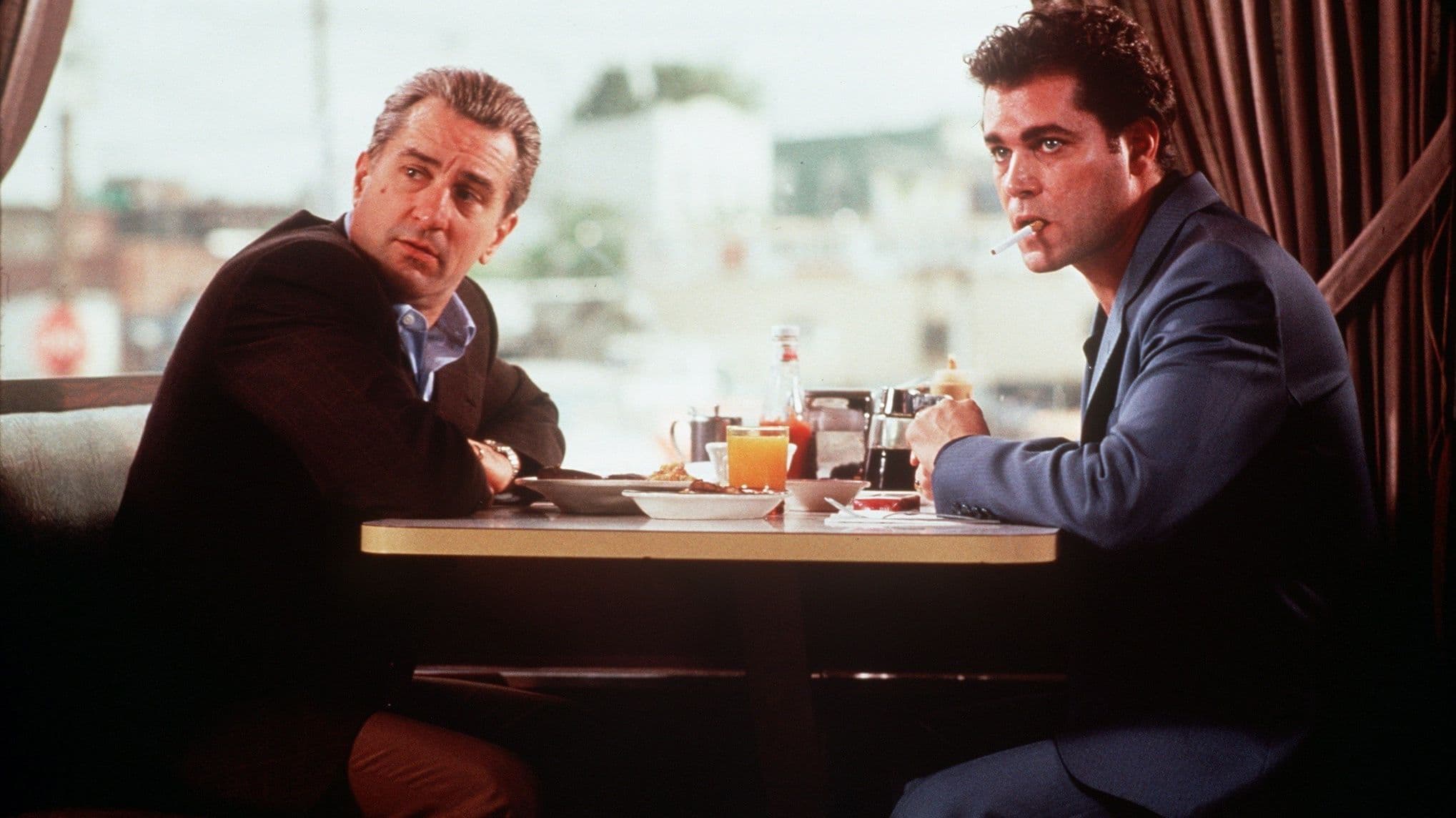
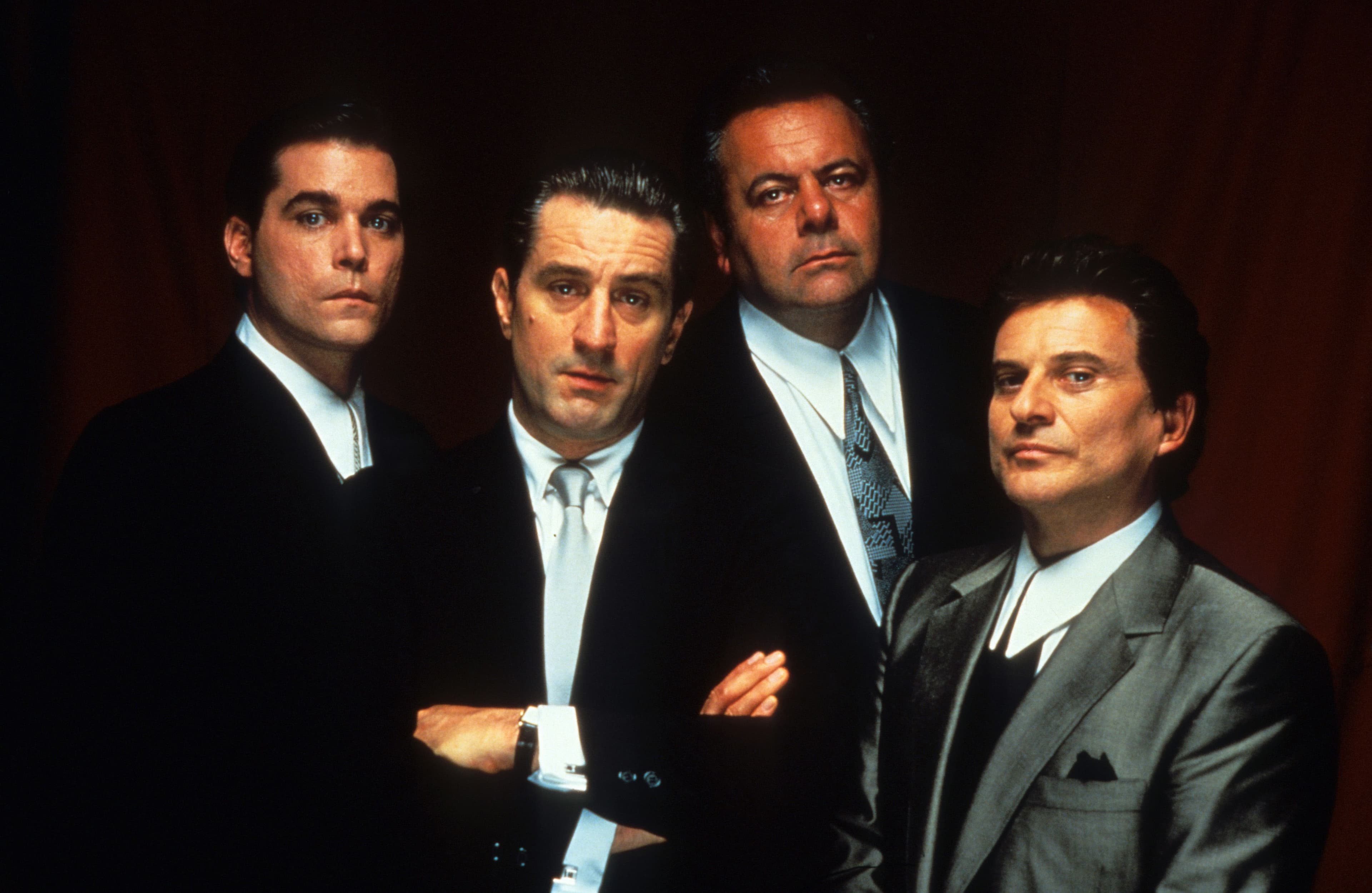

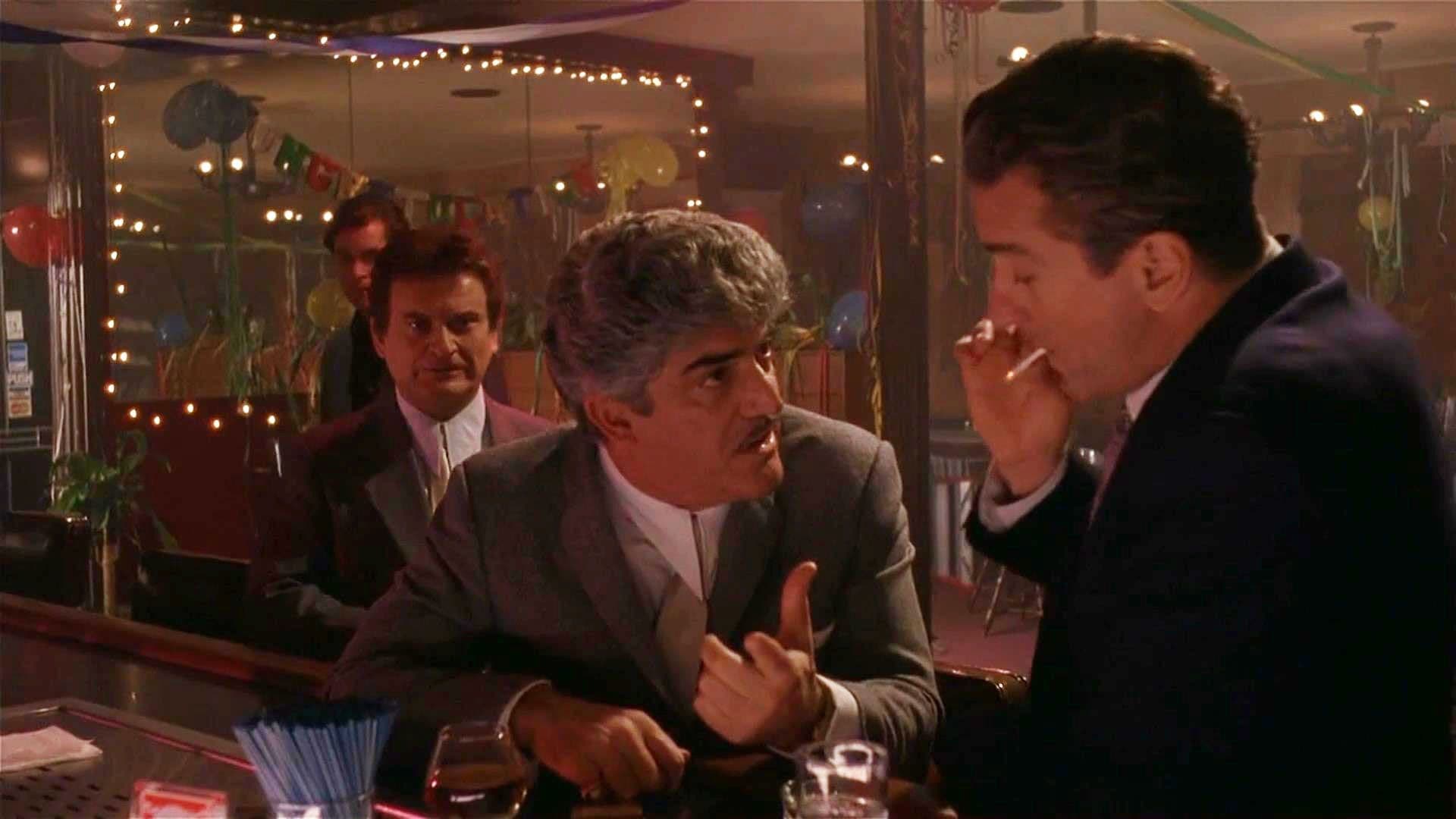

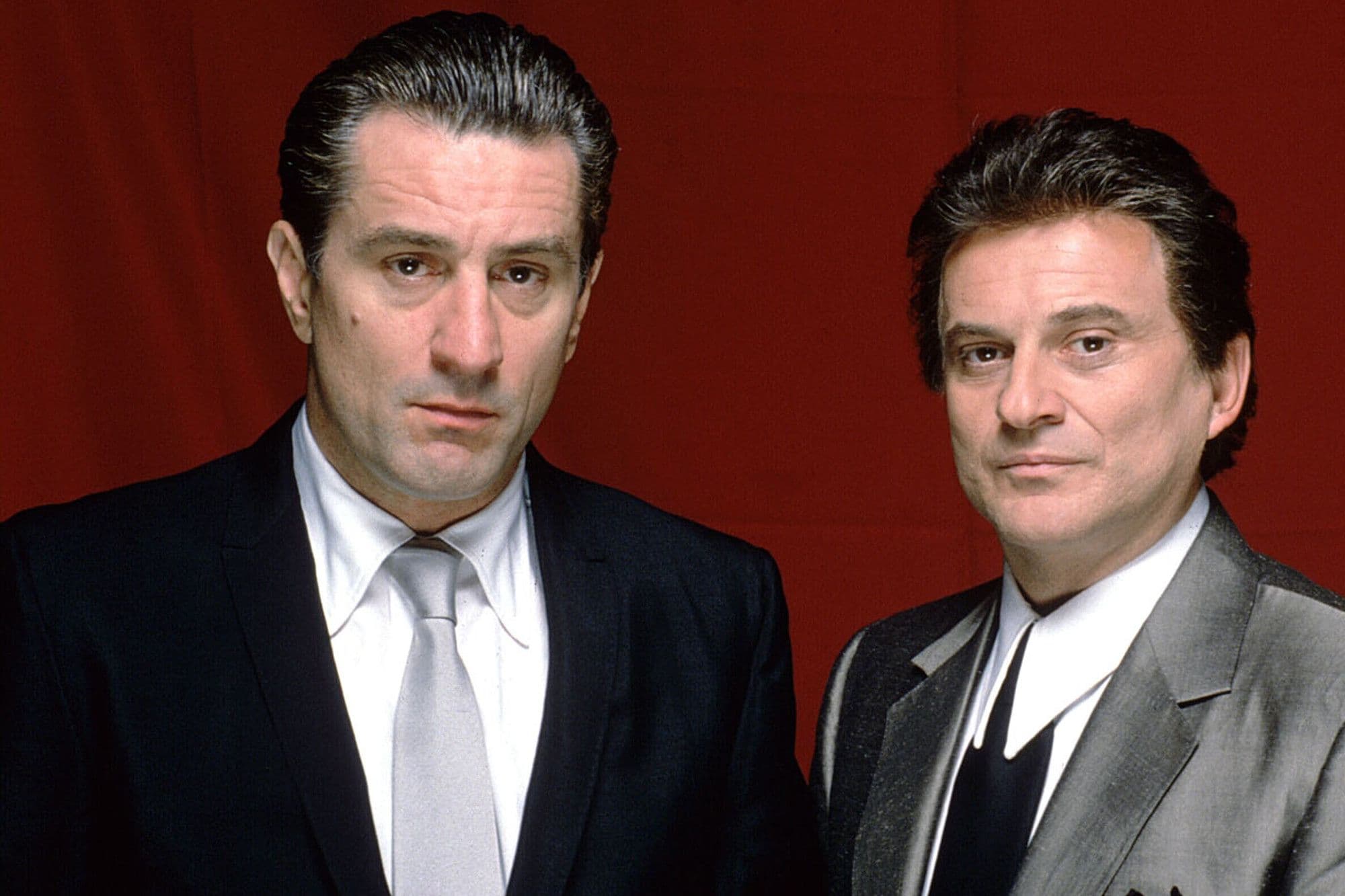
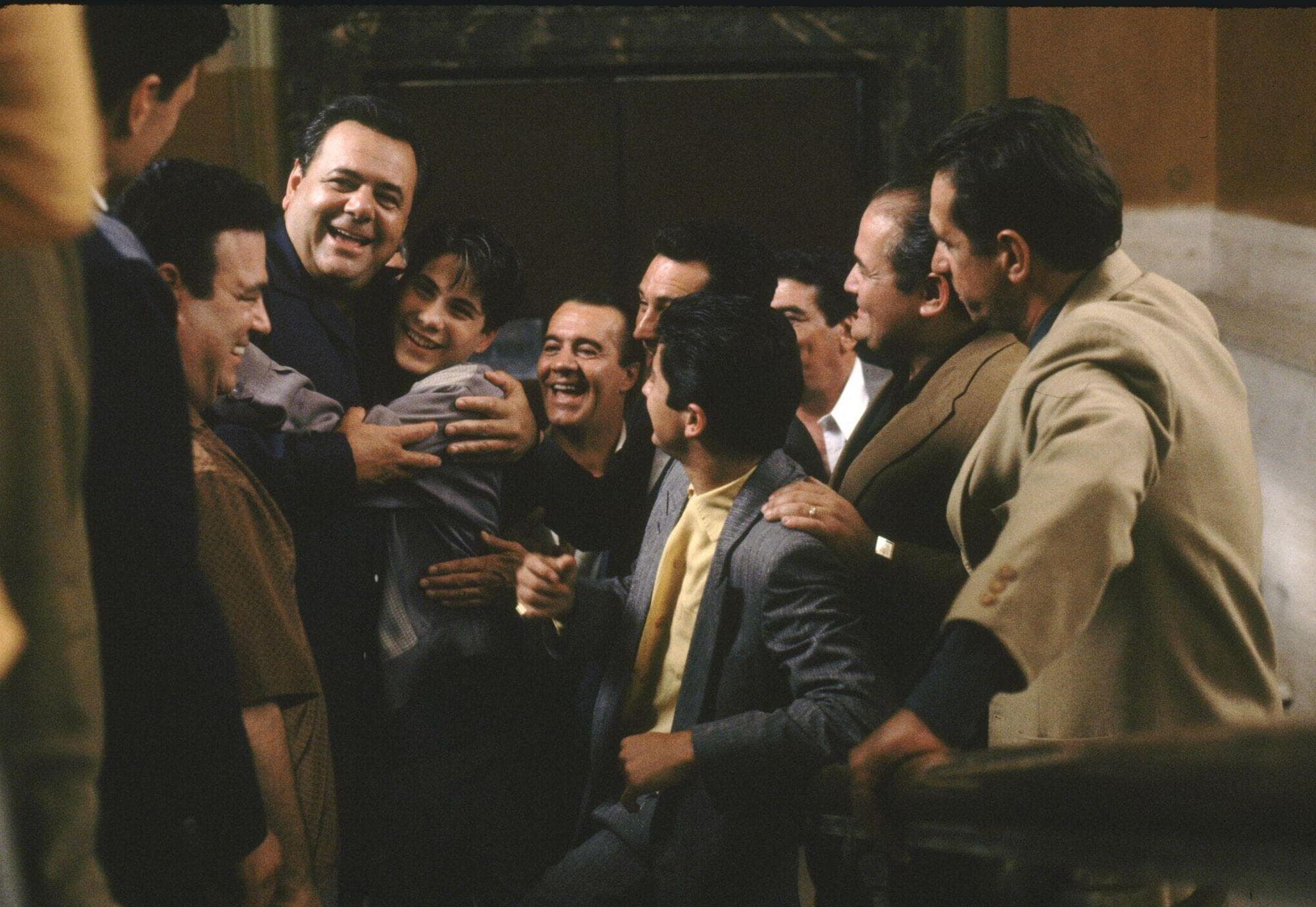
Comments
Loading comments...